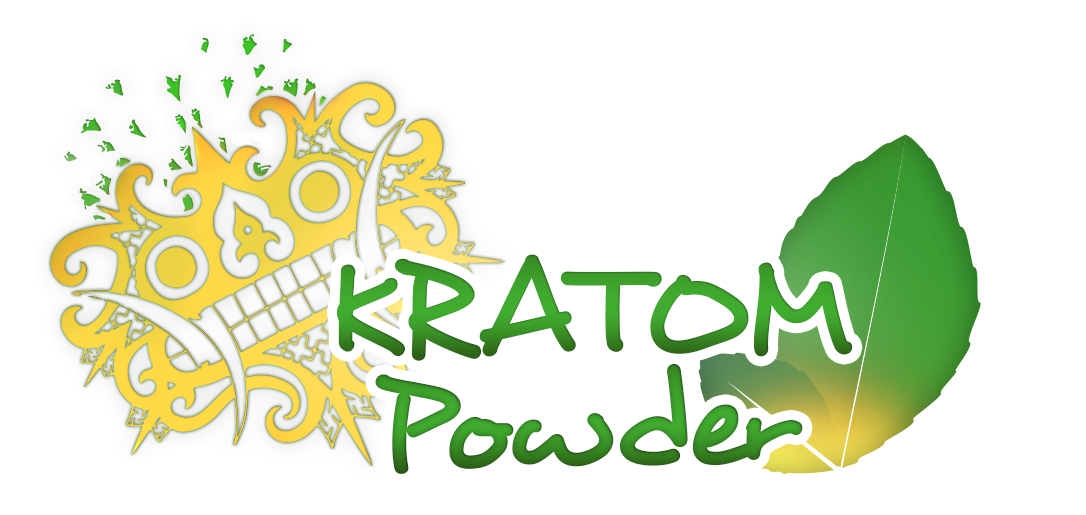The kratom production process is as follows:
- Kratom is grown in its natural habitat
- The leaves are picked, collected, and sorted by quality
- The leaf veins are separated from the leaf
- the leaves are dried, and sometimes fermented, in different ways
- The leaves are then pulverized and ground into a powder.
The Kratom Trees
The Kratom tree is also known as "Thom" or "Ketum". Kratom is derived from a Thai word for a species of tree known as Mitragyna speciosa. It is a large tree in the Rubiaceae family. The tropical evergreen tree has it’s rooted in the coffee family and is native to Southeast Asia. Kratom trees can grow higher than 18 meters and wider than 4.5 meters. It has light to dark green oval-shaped leaves with round yellow flowers which contain about 50 seeds. The Kratom tree grows in wet or marshy areas.
Picking and collecting leaves
Patience is the key to producing quality kratom. Harvesting experience is critical, and careful observation results in a proper time of harvest.
Throughout the kratom tree’s life cycle, it undergoes significant changes. After the tree has reached peak growth, these changes continue. This can have a powerful impact on the resulting crop of kratom leaves. The most important of these factors relate to the color of the kratom leaves’ stems and veins.
As the kratom leaf matures, the leaf's alkaloid balance shifts at the chemical level. Gradually, the balance of mitragynine and 7-hydroxy mitragynine (kratom’s most important alkaloids) shifts, with mitragynine levels reduce while 7-hydroxy mitragynine levels grow.
The drying process
To create kratom powder, the leaves of the mitragyna speciosa plant undergo a drying (and sometimes fermentation) process indoors or outdoors. Different powders can be produced depending on the length and the method of the drying / curing process.
Our kratom comes directly from the source, without intermediaries. We have built up a strong bond with the growers in Southeast Asia and we make sure their community benefits. We regularly visit our kratom growing friends to maintain a healthy relationship and to check on the quality of the farms and factories.
